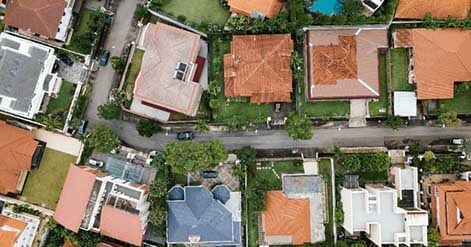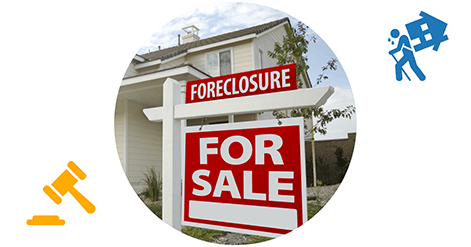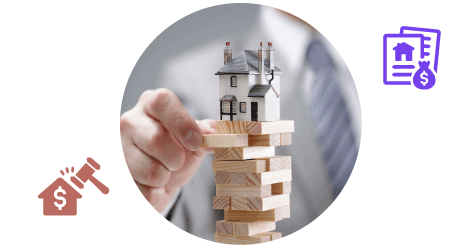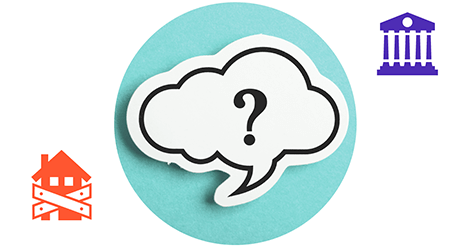Death Spiral? How to find the bottom in your market

I spend all day every day looking at, and working on, foreclosures. At times it can be downright depressing. Given that the primary cause of foreclosures is price declines, brought about by excess inventory, created in part by foreclosures, it is easy to see how the doomers argue that we are in a self-reinforcing death spiral with NO bottom.
In reality, nothing could be further from the truth. There is a bottom, Let me explain.
Nearly all residential appraisals are based on comparable sales—comps. Most commercial appraisals rely more on the cost basis approach to valuation, or on income capitalization. For those who think of homes as an investment, the income capitalization approach should make perfect sense. The idea here is that rents (income), minus expenses and divided by investment (sales price) equals the return on investment (capital). This return on capital is commonly referred to in the industry as the "cap rate", and should be considered analogous to the percentage return you'd receive on other investments like stocks or treasuries. So a commercial building with a cap rate of 6% on a $1 million dollar investment should be expected to generate a return of $60k per year.
If you look at cap rates for residential real estate by estimating realistic rental values it isn't hard to see we've had a problem the last few years. In my neighborhood houses that were selling for $850k at the peak rent for about $2k/mo. After deducting property taxes and insurance (assuming zero maintenance and zero vacancy), the cap rate is about 1.5%, or a "one and a half cap". Now let me ask you: How is this a good investment? You might want to answer "appreciation". But keep in mind that unless rents increase, rising prices only continue to lower the cap rate. Thus appreciation is fundamentally limited by the growth of rents or how bad of an investment one is willing to make.
You can quickly and easily estimate where the bottom might be in your market by looking at local rental rates, multiplied by twelve, subtracting taxes and insurance, and dividing by a reasonable cap rate. That, of course, begs the question of what a reasonable cap rate is. In my opinion, it will vary according to the property. Perhaps as low as 2% for a trophy property in a fabulous location, to 12% or more in high crime rate areas where you fear for your life.
The one reform I'd really like to see before this mess is over is the death of the comparable sales appraisal approach. By tying lending limits to local rents, we can ensure that homes remain a great investment for everyone. In places like Stockton, where prices have fallen as much as 40%, cap rates are quickly becoming attractive. While inventories are still downright scary, agents are seeing a noticeable uptick in sales.
Perhaps a sign they are close to the bottom.
- Sean


